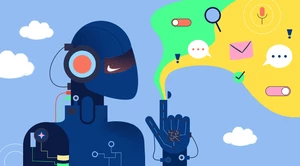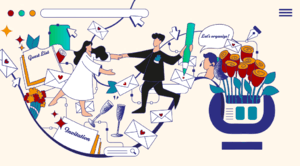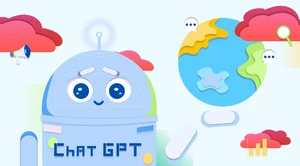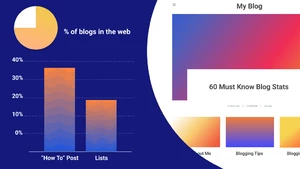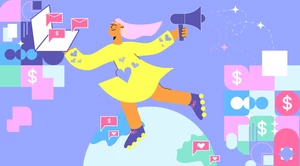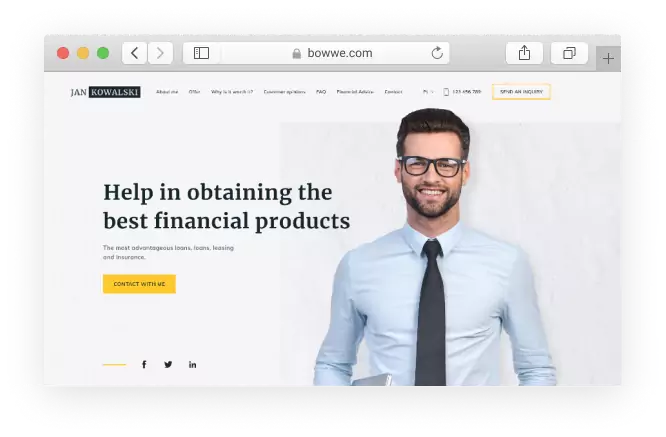5 Profitable Secrets Of Writing Kickass Headers!

Karol Andruszków
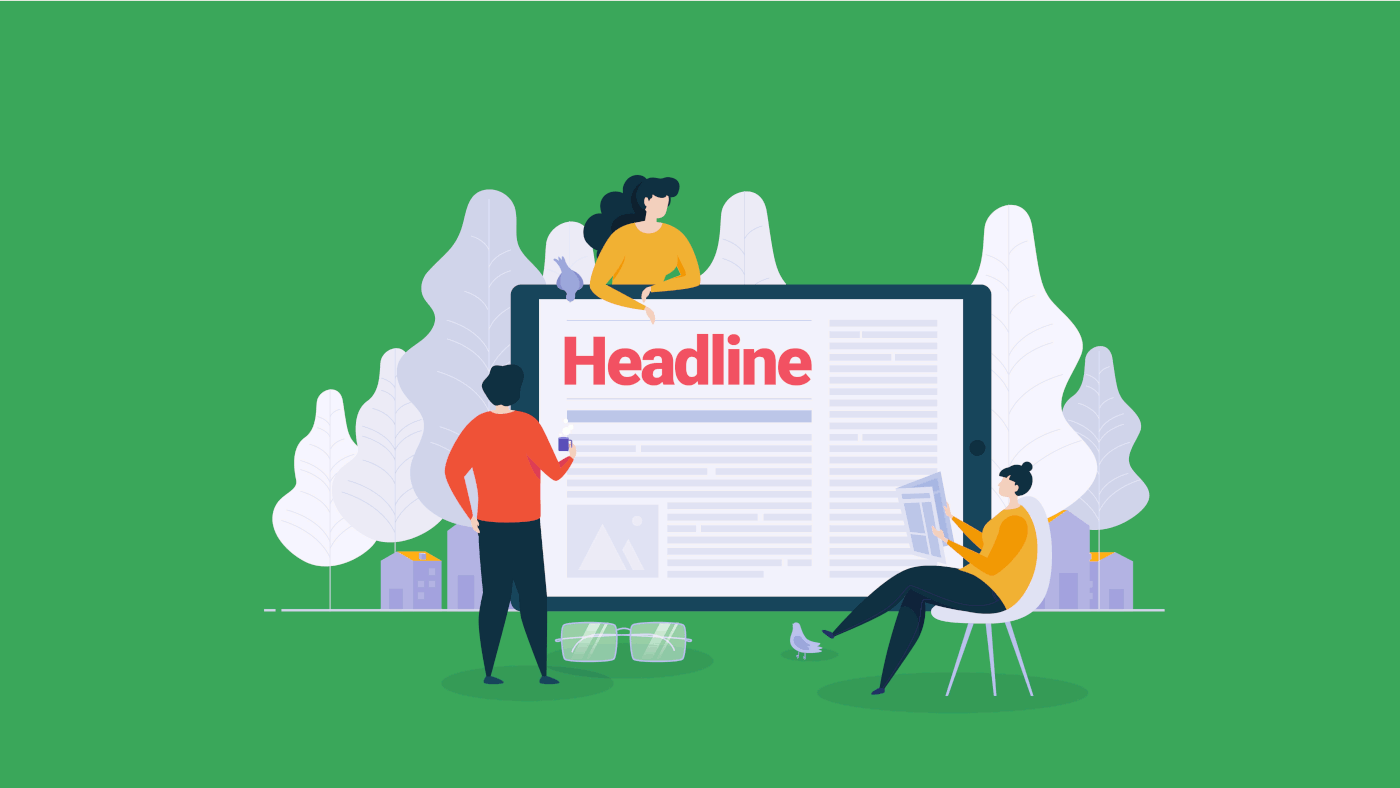
Are you tired of lackluster headers that fail to grab your audience's attention? Say goodbye to weak and boring headlines and hello to kickass headers that will make your readers sit up and take notice! In this article, I'll be revealing the top 5 profitable secrets for writing attention-grabbing headers that will boost your readership and increase your profits.
What are headers?
It may seem obvious, but let's clear it up. A headline is a short text (it can be even one word) that describes or announces a given product, information, or content. The headlines are primarily written content. They are everywhere, from newspapers to websites.
.png)
Headers on BOWWE Blog
What are subheadings?
Subheadings are headings that follow a title and are designed to make it more specific. They supplement it with additional information that was not relevant enough to be included in the title, or that did not fit into it.
Examples:
Title: The impact of social media on the development of society
Subtitle: How many users use social media every day?
What is the function of headings?
Headlines have several essential functions:
1) They announce what the content is about.
2) They attract the audience and encourage them to read the content.
3) They organize and organize the content.
Let's explain them briefly now:
Content announcement - Headlines are a kind of description that informs the audience what, for example, an article is about. Additionally, they can also show what form it is and what it contains (for example: How to get new customers? List of 10 proven ways).
Attracting Your Audience - Recall the front page headlines shouting at passers-by. A cover page in a newspaper is one of the best examples of how a headline is meant to grab attention and encourage reading.
Organize and Organize Your Content - Imagine reading blog posts that look like giant blocks of text without any headlines. Reading such text is simply unpleasant, not to mention how difficult it would be to quickly find specific information in it later. Headings and subheadings solve this problem.
How important are the headlines?
Let's start with the basics. The headline of an article is the first piece of text the reader encounters. Moreover, it is said that 80% of users read ONLY the headlines, but only 20% will read the rest of the text. A few words, often no more than a line of text, not only show you what the article is about but also scream "Click me".
Consider. You are browsing the website, and what do you see on the home page? Photos, charts, and information from the country. How is this information presented? 90% of the time, these headlines are encouraging to click!
So the most important task of the headline is to convince us to read the first sentence of the article!
Enough theories - time to practice
Creating headlines and subheadings step by step
Before you sit down at the keyboard and start writing fantastic headlines, you need to answer two questions:
1) Who are you writing for?
2) What do you want to convey?
Perhaps it sounds like the greatest cliche to you, but to make sure that we fully understand each other, let's explain it using a simple example:
Ania runs a florist. Friends told her that today, you need a website and a blog for a business to earn money. So Ania sets up a website and starts a blog!
Great idea. Only who is this blog intended for? Who will Ania write articles for? The Flower Lovers' fan clubs are unlikely to be popular, so something else needs to be invented. Ania's target group can be, for example, people interested in growing flowers, for whom Ania can present herself as an expert.
Once we know who we could / will write for, the question remains, how to prepare an appropriate headline? Luckily for Ania, there is more than one type of header she can use.
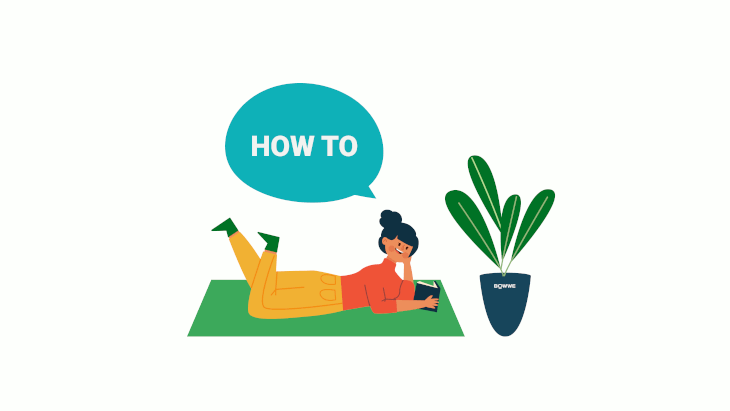
Types of headlines
A headline can be intriguing, catchy, and sometimes even funny. It can also be bland, boring, and lacking in distinctive character. To help you create headlines only from the first group, we've compiled a shortlist of the most effective headline types - choose the one that best suits your text and style (that is, the nature of your communication with readers).
1) Number in the header
Headlines containing numbers are among the most popular and effective. Why? First of all, they are not verbose. The numbers are concrete, and they have a trick - each item on the list can be a headline by itself, increasing the engagement of your readers even more. Remember to put the number at the beginning of the headline - according to the statistics, it will make more people read the article.
Examples of headlines with numbers:
a) 10 ways to make a perfect bouquet
b) 5 steps to a beautiful interior
c) 7 ways to make a mess in the kitchen.
2) Secret in the header
Or rather, a promise to reveal a secret to readers or viewers. Who among us would not like to learn about the habits of the wealthiest people in the world? Remember that this title may not always be appropriate, even if it is intriguing. If you overdo it, it can seem overly overwhelming, pushy, and selling. Instead of helping, it might even hurt your content.
Examples of headlines based on the mystery:
a) Why does it taste best from the oven? Discover the secret of homemade pizza!
b) Frescoes. We reveal the secrets of one of the most challenging types of painting
c) Steve Jobs' Testament. Who has the legacy of the creator of Apple?
3) Headline question
Do you know how to find out something valuable as soon as possible? By asking the right question. So help your readers - ask the right question (one that they could also ask) and put it in the headline! Such a headline will help your visitors a lot. All you have to do is learn how to ask the right questions. So do research in Google or YouTube and see how your favorite bloggers/youtubers constructed the titles of their articles/videos.
Examples of asking headlines:
a) How to get new customers in a month?
b) Why are the days shorter in winter?
c) Who is behind the corruption scandal?
START NOW
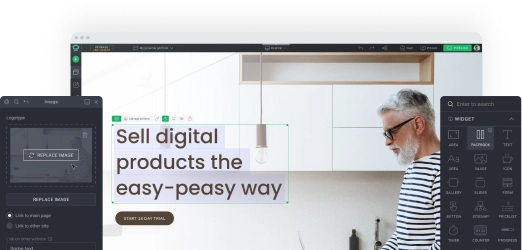
4) The recommendation in the headline
In the 21st century, the attention of Internet users is increasingly limited and difficult to get hold of. Fortunately, there is a way not only to get it but also get it to act.
That way is a command. When we often do not have time to think about what we want or when we don't feel confident enough to make a decision - a clear and specific order can help us.
Examples of headers containing the command:
a) Apply for a loan in 10 minutes!
b) Set up a company that earns money!
c) Open an account in less than 5 minutes!
5) How to do something?
Every second, Google processes millions of questions from Internet users. How can you use it? It's simple - write a headline that suggests how to do something. Questions starting with "how" and "where" are some of the most popular on the web, so you should start using them today to increase the reach of your content.
Examples of headers "How..":
a) How to build a house in six months?
b) How to finish medical studies without nerves?
c) How to get a bank loan?
Once you understand the basic types of headings, you should learn more about how to create them. You should also know how they differ depending on what content they present.
Examples of types of titles
Gossip/newspaper titles
.png)
Headers on hollywoodlife.com
Most often found in gossip websites or some news newspapers. They are supposed to evoke extreme emotions and can also be very controversial. Punctuation marks such as question marks and exclamation marks are excessively used. There may also be passages in capital letters to draw attention to the most important information. These types of titles are often clickbaits and are rarely adequate to the rest of the content they describe.
Examples:
a) Shock! You will not believe what Selena Gomez did in Venice (PHOTOS)
b) EXCLUSIVE: Kim Kardashian revealed the backstage of her relationship!
Information/scientific titles
.png)
Headers on nationalgeographic.com
Titles aimed at informing or passing on some interesting facts are much less sensational than those found, for example, in gossip websites. A standard procedure is to provide a fragment of some important or interesting information and convince the recipient that it is valuable for him and should not omit it. They may also contain excerpts from someone else's statements that will encourage you to get to know the entirety of an interview.
Examples:
a) What does a 1°C increase in temperatures mean for our economy?
b) When will the sun go out? We know the expiry date of the nearest star to Earth!
Official titles
.png)
Headers on who.int/news
We can find them mostly in communications from public institutions. They are to be informative. They must be simple and contain the most crucial information. They are not intended to evoke more powerful emotions or contain unnecessary elements. They most often answer questions such as Who ?, What ?, Where ?, When ?.
Examples:
a) In 2022, the construction of a new football stadium will start in Barcelona
b) From 23/11/2021, the renovation of Kamienna Street will begin. See a list of detours
Blog titles
.png)
Headers on BOWWE Blog
Titles on blogs depend on the subject matter and how its authors communicate. In the case of company blogs, the titles are usually devoid of sensation but stick to proven methods such as "X ways to ...", "Guide ...", "How ...", etc. In blogs of private persons, where they usually describe their passions, the titles have looser form. They contain descriptions of personal experiences and are less focused on creating content for SEO.
Examples:
a) How to run a company profile on social media? 5 proven and ready-to-apply tips
b) Is it worth setting up an online store? See How Much You Can Gain
Problems with Headlines
When headlines were made only for the press, life was wonderfully simple. A few years ago, they also began to matter for websites and blogs. How is it today? Today we have hundreds of channels - social media, blogs, information portals, and each of them needs content. And the content always has a header.
What does it matter? When creating content for the internet, we must consider the various opportunities that we will use to promote our materials. In order not to complicate things too much, let's assume that only three matter:
a) SEO,
b) Social Media,
c) Website.
Now it's getting interesting - three different strategies have to be reconciled in a few words!
When writing your headline for SEO, there are a few things to think about - first of all, you want a high Click Through Rate (CTR). You also want your headlines displayed in Search Engine Result Page (search results) to be frequently clicked on by Internet users and not to mislead them. You also want to minimize exits from your website, which also affects your position in search results. You also want your headline to position itself well, include keywords, and generate new links and engagement.
It will be different with social media, where your goal is to strengthen the message as much as possible. You want the headline to explain the article best and generate as many shares on social media as possible. You want your readers to interact with your post, that is, comment on its content, share it, and "like" it. You don't have to worry about whether someone clicks on the post and leaves the article.
By publishing an article on your website, you want to build loyalty - you want to attract the right people, make them stay on it as long as possible, and keep them coming back as often as possible. The other goals, SEO and social media attract traffic, but the website should keep the user as long as possible. You are not going to make false promises. Clickbait headers can hurt you. Your brand reputation and the effectiveness of other channels depend on how well and honestly you write the headlines on your website. You don't want users to avoid your site in the future because they were disappointed by clicking on the deceptive headline, right?
With such different strategies in front of you, conflicts of interest are bound to arise. What should you pay attention to?
Keywords in the headline do not always match social media.
Keywords can be boring, written in an incorrect language, or difficult to use without context in the text. It is not always easy to create content with them that will be interesting and valuable for the audience.
Poorly chosen keywords in the headline will hurt the brand.
When writing an intriguing headline, we can reach for keywords that will not necessarily be related to our brand or the article's subject. This will attract users to the site, it is true, but it will probably turn out that the content of the article is not interesting for them, and hence - they will leave the site quickly. A large number of quick exits from the site will hurt your position in search engines.
The pursuit of involvement in social media can turn out to be wrong.
Titles that do well in social media are often geared towards making hype, motivating people to participate in discussions, and putting integrity down the line simultaneously. In the long run, this not only makes your audience immune to your headlines but also starts to avoid them. You have to be especially careful about this!
Building a secret in social media can hurt SEO.
Sometimes we want our headline to build a certain aura of mystery, to arouse curiosity, and lead to a click. The problem, however, is that such titles usually do not contain keywords and are not specific enough for the results pages, so the page's ranking and position are lowered, and the number of clicks remains below expectations.
Too many keywords in the header scare off website visitors.
Due to SEO, we often put keywords in the header. The problem is that the more keywords there are in the headline, the less readable the title becomes. This reduces the number of clicks on the link, gives the impression of spam, which discourages visitors, and in the long run, harms our position on Google.
START NOW

These few basic conflicts over the number of channels for publishing and promoting text show how difficult it can be to create headlines today. Fortunately, by this stage, you should be fully prepared for any potential problems.
What should you do? The solution is quite simple and only requires a systematic approach to writing headlines.
When writing headlines, start with planning and prioritization
Earlier, we wrote about target groups and that they should be properly selected for your business goals. Now it's time to prioritize your channels. As you write your headline, look at the content you are creating and answer the question: Which channel will benefit the content most? Is this a blog entry that should do well in search engines? News that should trigger a lot of social media engagement?
If the content is shared and commented on social media, its success in SEO or the website is of secondary importance. Likewise, if your content is to "do well" in search engines, its popularity on social media is not a target for you. Therefore, when creating the headline, specify the channel in which the material should arouse interest and in which success will only be a pleasant surprise.
What if you want the header to work on several channels at the same time? Optimize it for the most demanding of channels.
A Simple Header for a Primary Channel
Now that you know the channels you would like to publish to and which ones are the most important, it's time to write a simple title. This headline doesn't have to be complicated, but it should convey all that is relevant.
Ania (you remember Ania's florist, right?) could write something like "Proper ways to water a fern."
Why is it so important to keep this headline simple? A well-written headline is one that won't distract you. Sometimes we are tempted to give our best when creating it and let our imagination run wild. Unfortunately, the headline is not a book. The title "Ways to Care for Your Home Fern" might work well for a 200-page work, but it will kill clicks on the web!
Headline for the second most important channel
Now that you have the basic version of the headline ready - it's time for the second channel. Ania also runs a social media profile, so she could write something like "The world beyond the bottle - easy ways to water a fern". It's not the best title in the world, but it shows the concept we're talking about.
Check for the last time that the title contains the right keywords, and remember that you should only think about the most important ones.
Having various prepared headers, well-developed distribution methods, keywords, and target group, we can proceed to the publication of our materials.
Summary
How do you create headlines?
1. Determine the audience.
2. Determine what you want to convey with the header.
3. Write a suitable headline for the content.
4. Consider which channels you will publish in.
5. Write a few different versions of the header depending on the channel.
6. Don't be afraid to experiment with headline forms
Read also:
How to write a catchy and reliable title? [+ EXAMPLES]
5 Easiest Marketing Activities That Will Quickly Double Your Sales!

Karol is a serial entrepreneur, e-commerce speaker m.in for World Bank and founder of 3 startups, as part of which he has advised several hundred companies. He was also responsible for projects of the largest financial institutions in Europe, with the smallest project being worth over €50 million.
He has two master's degrees, one in Computer Science and the other in Marketing Management, obtained during his studies in Poland and Portugal. He gained experience in Silicon Valley and while running companies in many countries, including Poland, Portugal, the United States, and Great Britain. For over ten years, he has been helping startups, financial institutions, small and medium-sized enterprises to improve their functioning through digitization.
